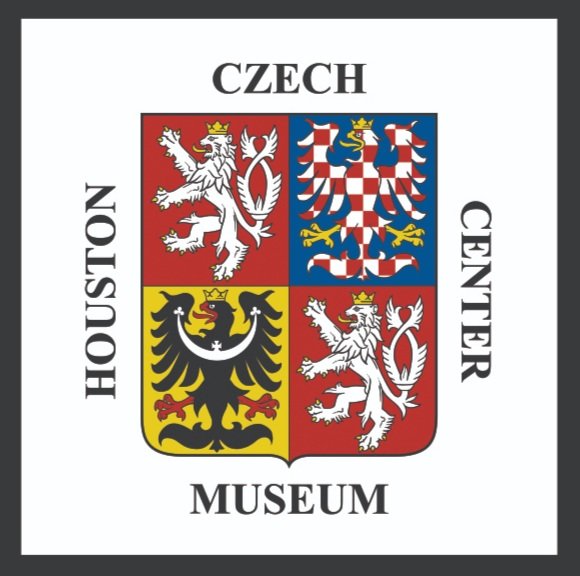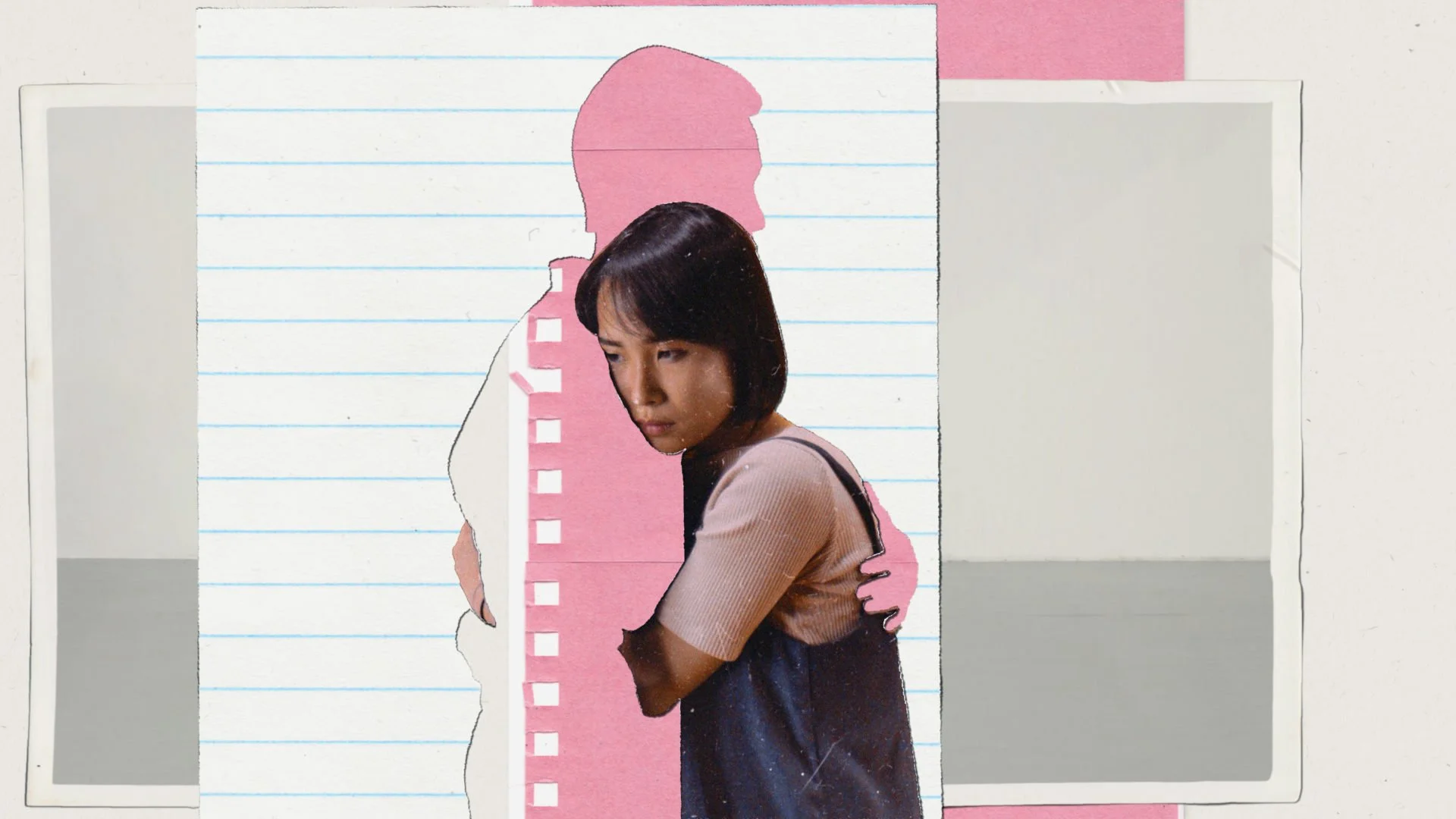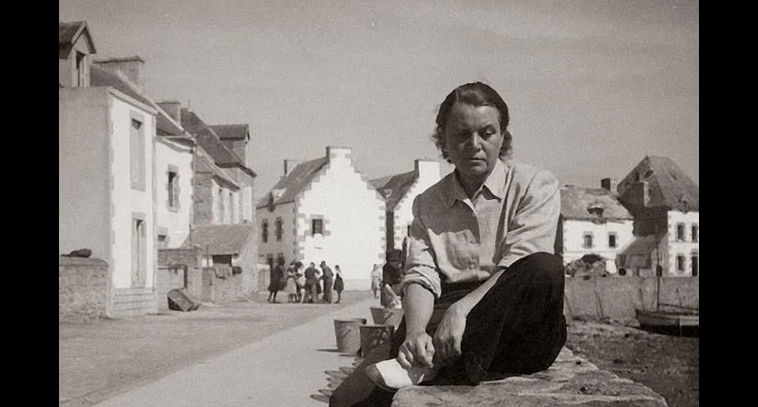This article describes the lives of two Annas, Bayerova and Honzakova, who pursued medicine during the era of women's suffrage. Both doctors faced obstacles to their passions, but prevailed, such as Anna Bayerova graduating from the University of Bern due to being unable to receive her degree in Czechoslovakia. Anna Honzakova had an easier time pursuing medicine but was initially refused participation in her exit exam until the University of Prague relented.
Impacting the Arts
There are several Czech artists who have and continue to influence the world, and four of them are highlighted in this article. These artists are Jiri Trnka, Anna Daucikova, Libuse Jarcovjakova, and Yemi AD. From film to painting, glassblowing to photograph, and performance to dance, these artists present a variety of expressions that have influenced the world.
Slovak Flag
White, red, and blue make up the Pan-Slavic Tricolor, chosen based on the flag of Russia since that nation, during the late 17th century, represented Slavic independence and power. In fact, their flag was initially too similar to the Russian flag for them to keep it that way, thus the decision to ultimately add the heraldic symbol was made on September 1, 1992.
Kamil Kubik: Impressions
Kamil Kubik grew into an internationally recognized artist from a rough beginning to his life, having to escape his home in 1948 due to radical political changes. He's most famous for his cityscape paintings, including paintings of Central Park, Prague, London, and the White House, along with a scenic painting from nearly every state in the United States. He became the official artist for the White House.
Love, Dad
Diana Cam Van Nguyen, up-and-coming Vietnamese-Czech animation director, debuts her animated documentary, "Love, Dad." It centers around an exchange of letters between a daughter and her father. In her film, several animation techniques are used in a fitting manner. Her future as a filmmaker is only beginning, but she's already made international waves!
Assassination of Reinhard Heydrich
"The Butcher of Prague" Reinhard Heydrich established himself as a ruthless authority among the Nazis, terrorizing Eastern Europe. Czechoslovakian president Eduardo Bene ordered a team of assassins to kill Heydrich. These assassins were Josef Gabcik, a former blacksmith and locksmith, and Jan Kubis, both of whom rose up the ranks in the Czech military. Of course there were others, 7, in fact, and if they were successful is written.
Milada Horakova
Milada Horakova was an advocate for democracy, stuck between both the Nazis and Communists for her adult life. During the Nazi occupation of Czechoslovakia, she resisted, helping emigrants escape and harboring fugitives of the occupiers. Although she faced torture and death from the Nazis, she not only survived but also continued her same fight, this time with the Soviets. Sadly, she was sentenced to death and executed, even when eminent individuals of the time demanded her release.
Jana ±·´Ç±ą´ÇłŮ˛Ôá: Czech Tennis Champion (1968-2017)
The Czech Flag: A Century of Waving
Inspired by the American holiday, many nations in the world celebrate Flag Day, including Czechia. Before Czechia, there was Czechoslovakia, whose flag, created in 1918, featured 2 horizontal stripes, white on the top and red on the bottom. The flag changed to include a blue wedge from the left and has remained this way since, including after the separation of Czechoslovakia into the Czech Republic and Slovakia.
Toyen: Czech Surrealist Artist (1902-1980)
Toyen, born Marie ÄŚ±đ°ůłľĂ˛Ô´Ç±ąĂˇ, was a foundational Czech Surrealist artist who explored gender expression. In her early days, she traveled to Paris where she promoted a poetry-inspired art style called "Artificialism." Her own art explored gender, politics, and eroticism, which challenged viewers. After the Communist takeover of Czechoslovakia, Toyen lived in Paris, creating new, expressive pieces, for the rest of her life.
Pride, Country, and a Balance Beam
VÄ›ra Čá˛ő±ô˛ą±ą˛ő°ěá was a Czechoslovakian Olympian gymnast, born in May 3, 1942 and raised in Prague. Her sense of pride came from more than her sport, as it centered around her love for Czechoslovakia and her people, such that she signed the Two Thousand Words manifesto during Prague Spring. Even through possible persecution she continued to train for the Olympics. After the Olympics, the persecution continued, but she remained resolute though her life, earning her the love of the Czechoslovakian people.
Mother's Day in Czechia: Charlotte Masaryk
Through history, celebrating Mother’s Day in the Czech Republic was more complicated than one could imagine. It begins with the wife of Tomas Masaryk, Charlotte, who fought for women’s rights and taught her daughter, Alice Masarykova, to do the same. After her mother’s death, Alice established Mother’s Day in 1923. The complications of Mother’s Day lasted for a long time, into Czechoslovakia’s Communist occupation.
Opera in Czechoslovakia
Opera is as popular as ever in the Czech Republic! The musical artform got its beginnings back in Bohemia during the early 17th century, when an Italian comedy performed at King of Bohemia Ferdinand III. Music artist and songwriter Wolfgang Amadeus Mozart lived his life in Prague since his performance of Figaro was lauded there, in contrast to Vienna in Italy. Opera has a significant role in the Czech lands’ cultural future and present, as it was a part of the Czech National Revival.
Rock Music in Czechoslovakia
The history on rock music in Czechoslovakia begins with its introduction in the early 1950s, beginning apolitically. By 1968, the apolitical aspect changed, in response to the 1968 Soviet bloc invasion, causing rock music to finally rebel and criticize the government, through satire and cryptic messaging, as the lyrics and content of rock songs were monitored.
Czechoslovakia and their only naval battle
Despite being a landlocked nation, Czechoslovakia had a naval army, one which fought a single battle. This singular battle took place on Lake Baikal in Russia during WWI. Being that Czechoslovakian soldiers fought so far away from their own nation and that they seemed unwelcome in Russia, the situation of their naval military grew more complicated.























